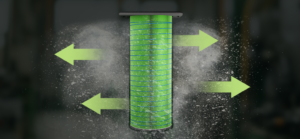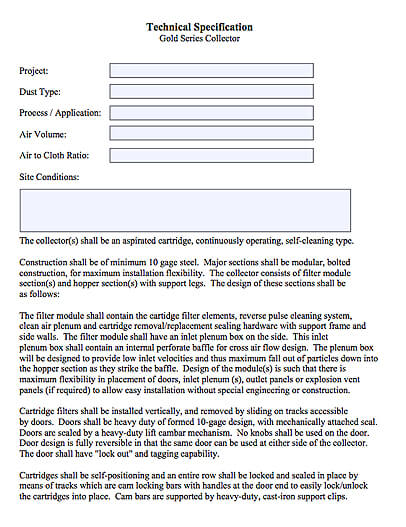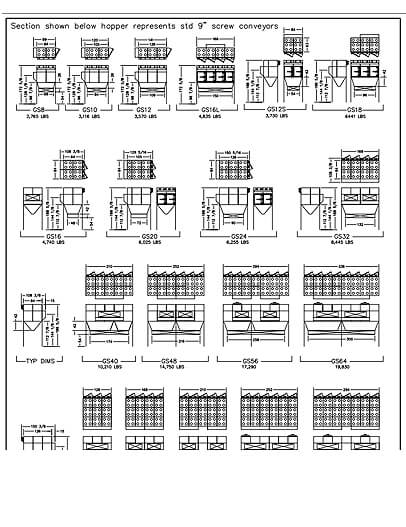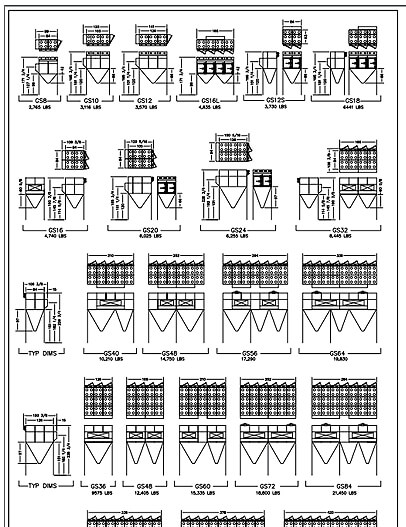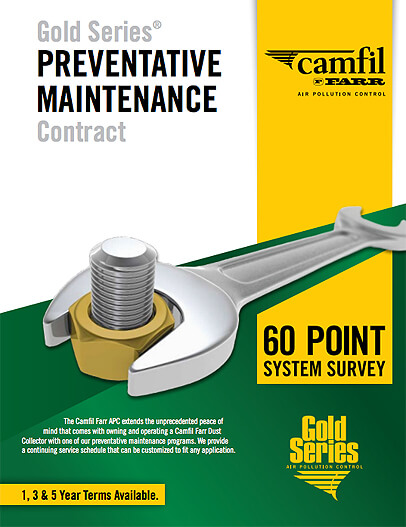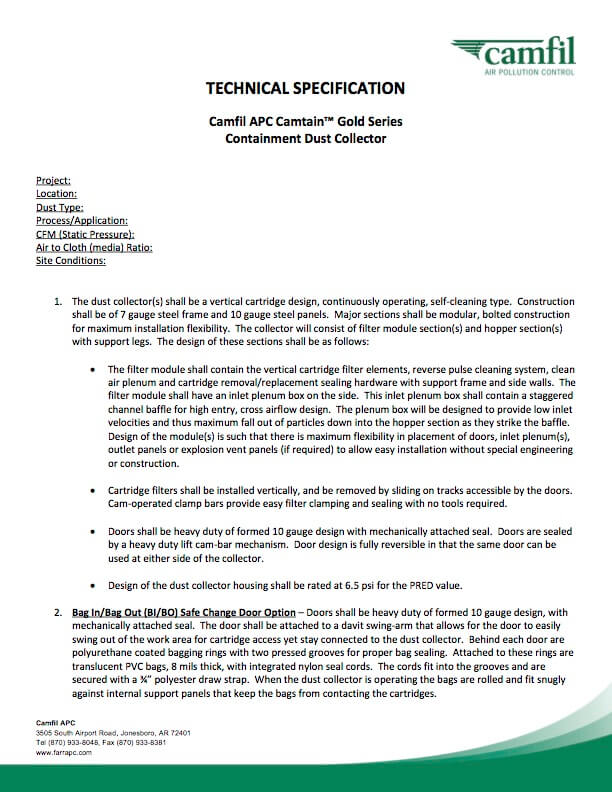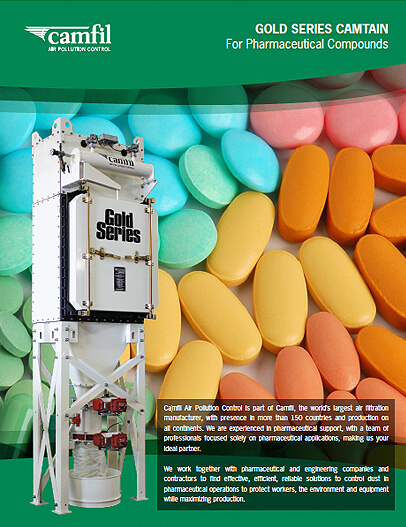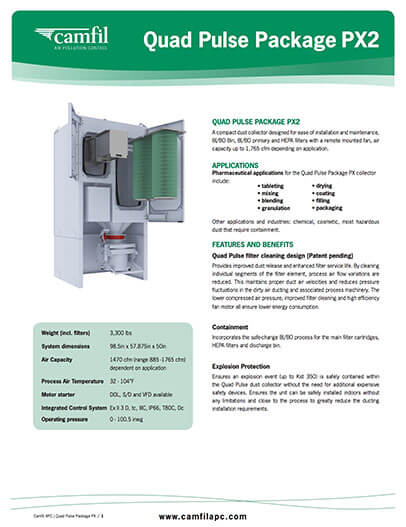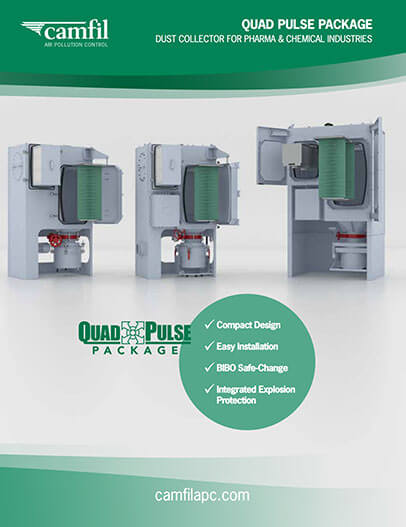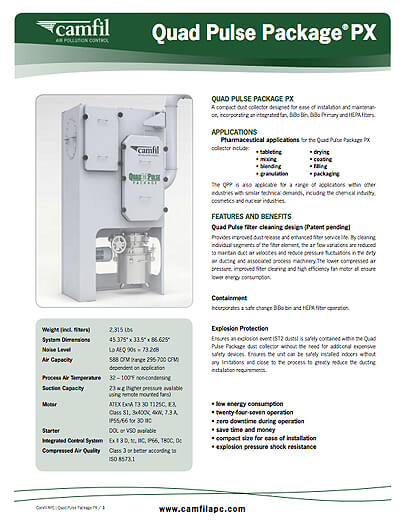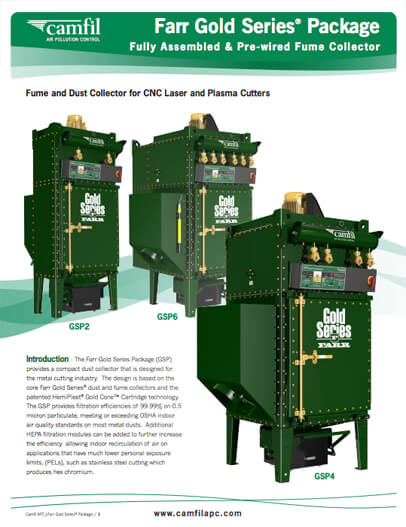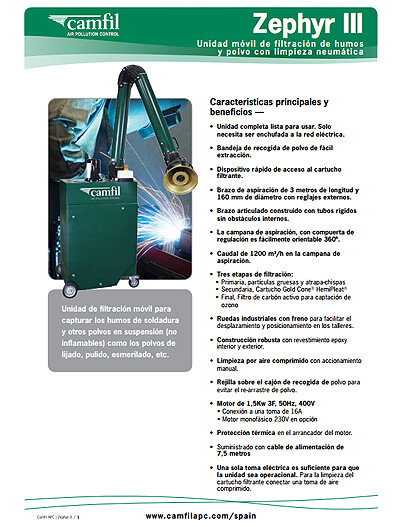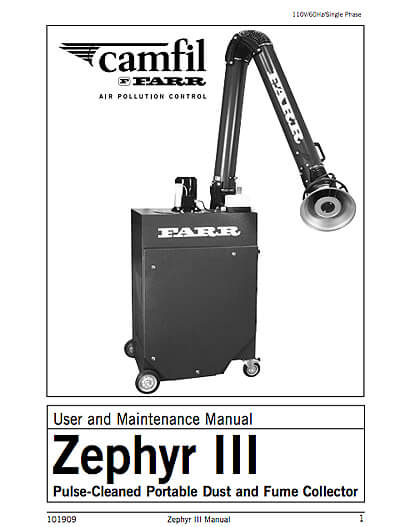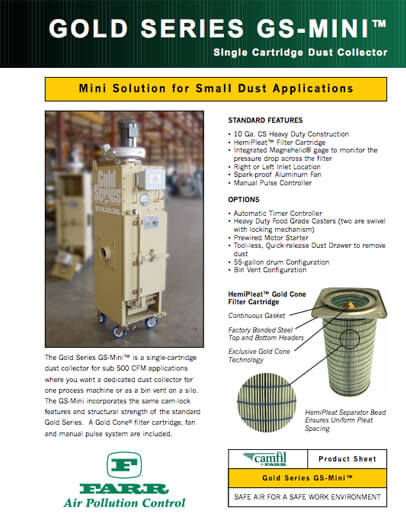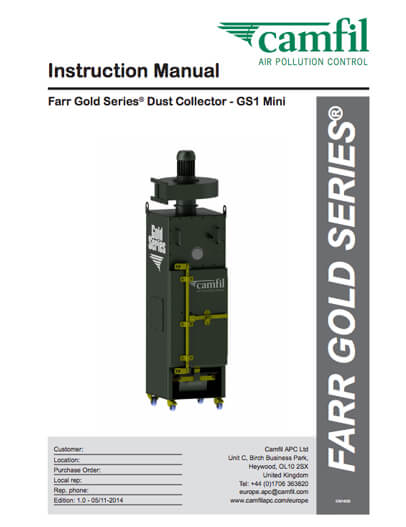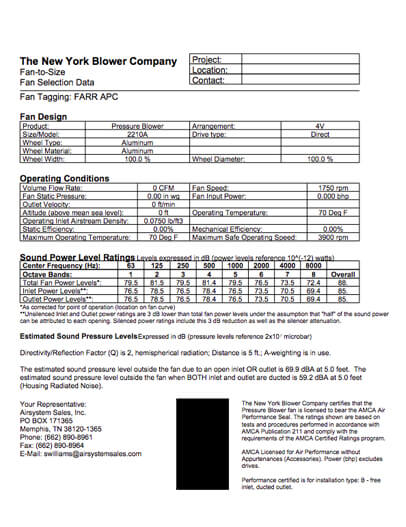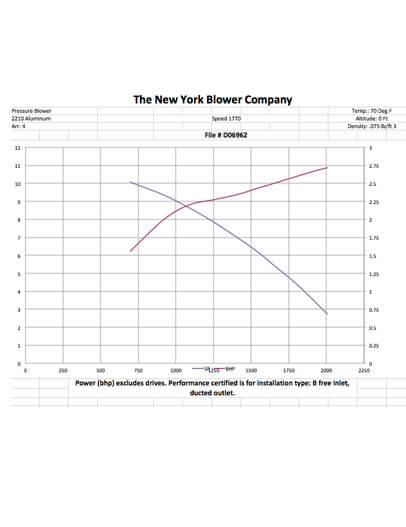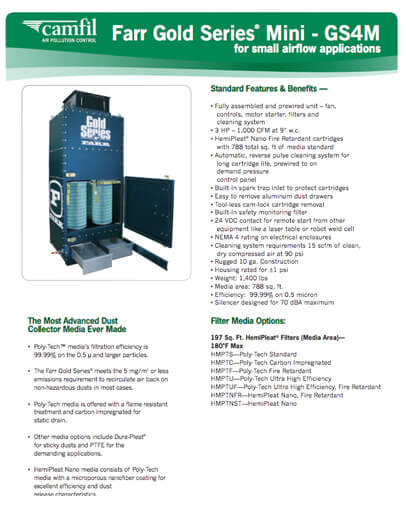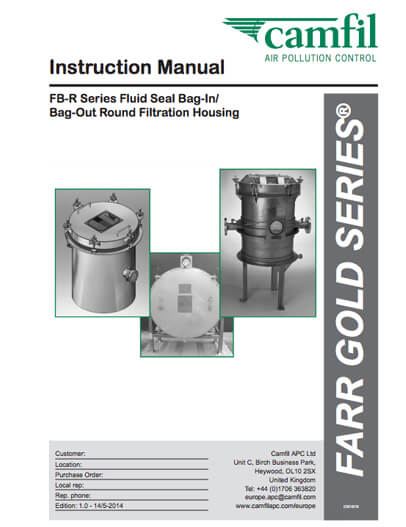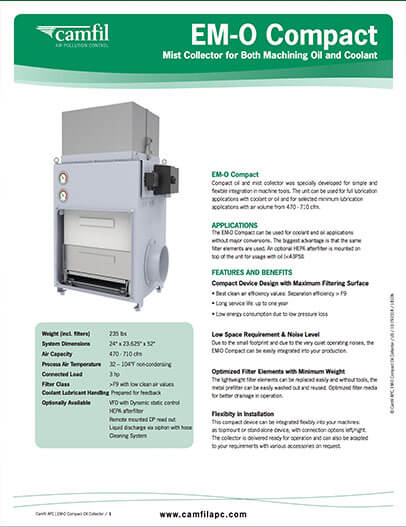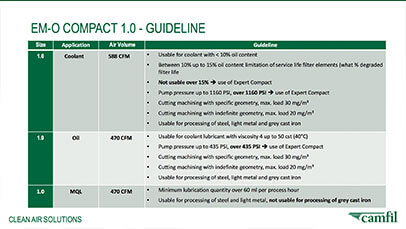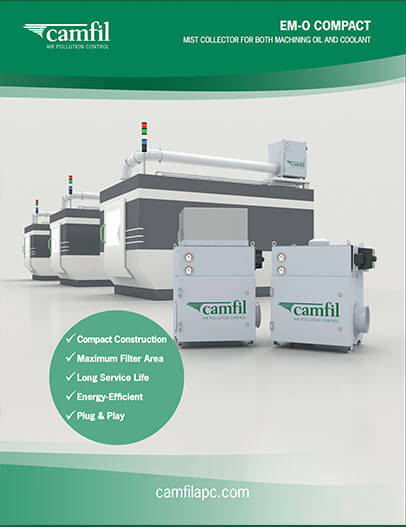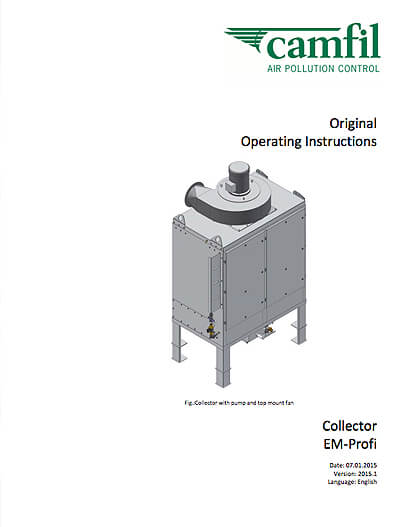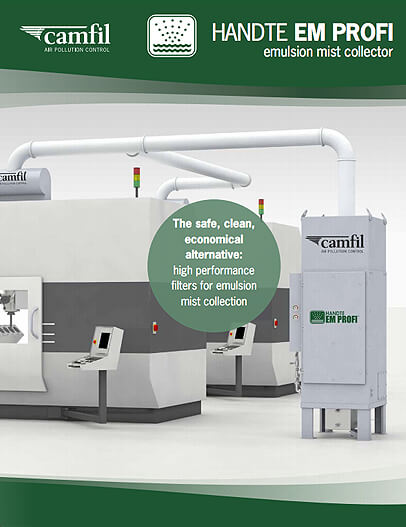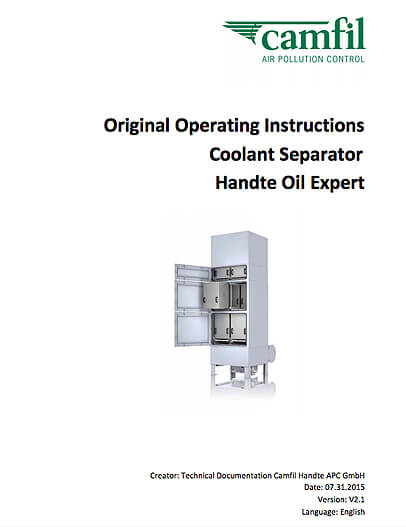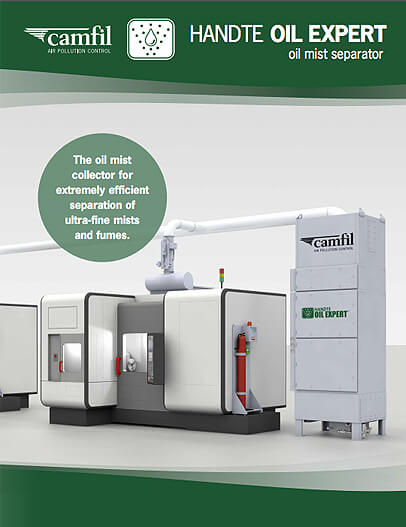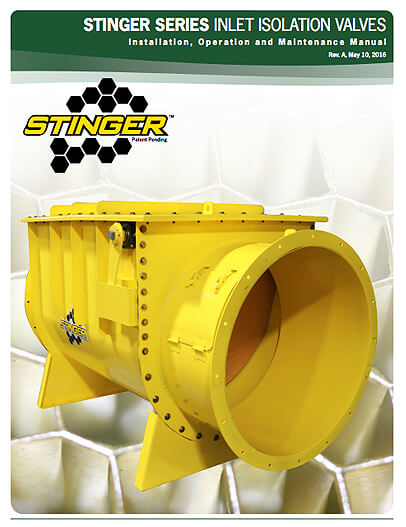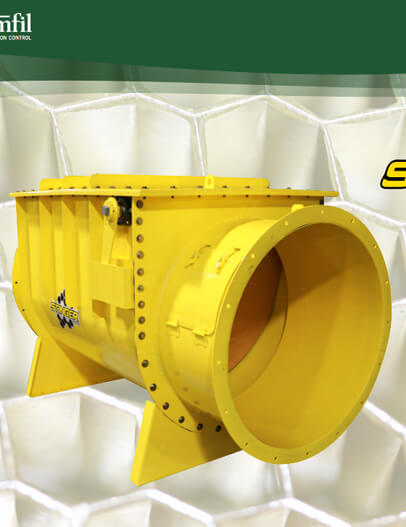Welding fume extractors are essential in workplaces where metalworking activities take place like welding, laser cutting and plasma cutting. These operations can release harmful dust, fumes, and smoke into the air, contaminating the work environment.
To ensure proper air quality and ventilation, it's crucial to use a dust and fume collector—also known as a fume extractor. This equipment is designed to safely capture and remove the airborne particles produced during these processes.
The fumes generated from machining high-alloyed metals can contain harmful elements such as lead, nickel, chromium, and mercury. Without adequate filtration, these particles pose a significant health risk to workers and could even create potentially explosive dust clouds. Fume extractors work by filtering out these toxic fumes and dust particles, thereby improving the air quality and ensuring a cleaner, safer work environment.
 Types of Welding Operations
Types of Welding Operations
Different welding methods emit varying amounts of metal fumes. For instance, gas metal arc welding is known to produce more metal fumes than other processes like shielded metal arc and flux-cored arc welding.
During laser and plasma cutting, thermal processes are used to melt metals such as stainless steel and aluminum. This melting produces metal fumes, which include dangerous substances like hexavalent chromium. A fume extraction system, such as the Gold Series X-Flow Industrial Dust Collector from Camfil APC, can effectively rid working environments of toxic welding fumes.
What Are Welding Fumes?
Fumes are a byproduct of many welding processes. Fumes are tiny particles of dry dust that become airborne when metals are welded. These fumes are a complex mixture of microscopic particles composed of various chemicals.
These particles are created when the intense heat from welding vaporizes metal, which then cools and condenses into fine particulates. Common elements found in metal fumes include lead, nickel, chromium, and mercury. These fumes can hang in the air and be inadvertently breathed in by workers, potentially leading to respiratory issues.
The Occupational Safety and Health Administration (OSHA) sets regulations to protect workers from the risks associated with airborne contaminants from welding. Manufacturers must adhere to these permissible exposure limits (PELs) by implementing control measures such as fume extraction systems to reduce workers' exposure.
Dangers of Welding Fumes
Welding fumes can contain a combination of metals that present different risks:
- Zinc, aluminum, and magnesium oxide can cause metal fume fever that simulates the flu. Generated during welding of galvanized metals, brazing, or soldering.
- Manganese is the primary metal in welding wire. It causes weakness, fatigue, and headaches. Long-term exposure is linked to neurological and neurobehavioral problems.
- Chromium converts to the carcinogenic hexavalent during the welding process. Highly toxic, this fume can damage the eyes, skin, nose, and throat. Overexposure can cause respiratory problems and even lung cancer.
OSHA outlines Permissible Exposure Limits for each of these metals.
Fume Extraction
Historically, to mitigate weld fume accumulation, facilities would simply open doors to disperse the fumes outside. However, The EPA National Emission Standards for Hazardous Air Pollutants no longer make this an option. The agency has introduced stringent regulations that limit the emission of hazardous pollutants into the atmosphere.
Substances that are particularly monitored under these regulations include materials that contain cadmium, chromium, lead, or nickel in concentrations of 0.1% by weight or more, and manganese in concentrations of 1.0% by weight or more.
Standard HVAC systems alone are not sufficient to prevent the spread of harmful metal fumes within a facility. Manufacturers must implement a more effective solution to ventilate workspaces and capture the particulates in welding fumes.
A dust and fume collection system with high-efficiency cartridge filtration can collect and filtrate weld smoke from processing areas or throughout a facility. Such a system is designed to capture weld smoke and other hazardous contaminants from the air.
It operates by drawing in the polluted air, filtering out the impurities, and then either recycling the clean air back into the workplace or expelling it outside. This process ensures compliance with environmental standards and safeguarding the health of workers.
Dust and Fume Extraction Systems
A variety of cartridge dust and fume collection systems are designed to control weld fumes effectively. Portable units can be moved around to capture fumes at their source, offering flexibility in dynamic workspaces.
In contrast, central systems are engineered to cover larger areas, making them ideal for larger manufacturing and processing areas. Some modular units are customizable to meet the requirements of specific applications.
The Gold Series X-Flo Industrial Dust Collector from Camfil is an example of a modular fume extractor that handles all types of toxic and combustible dust, smoke, and fumes. It can be sized to create a configuration that meets the requirements of an application while occupying the smallest footprint.
Each housing module can accommodate four filter cartridges of HemiPleat extreme media filters without increasing its size.
The HemiPleat i
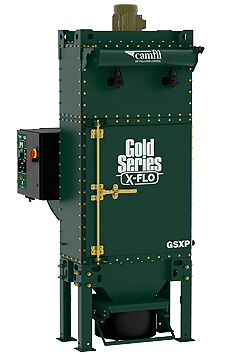
s a
highly efficient pleated filter media that exposes more media to the airstream, so more dust is loaded on the filter and released when pulse-cleaned. With filtration efficiencies up to MERV 15, the HemiPleat helps facilities meet or exceed OSHA indoor air quality standards for most metal dusts.
Camfil also offers the Gold Series X-Flo Package (GSXP) System for plasma and laser cutting operations to control smoke and maintain clean operating conditions. The GSXF is prewired for plug-and-play into cutting lines. All internal electrical connections, controls, and accessories are ready to go.

Units handle airflows from up to 3,000 cfm using 2, 4, or 6 HemiPleat extreme® Gold Cone® X-Flo filter cartridges, depending on the required airflow.
For periodic dust collection, the Zephyr III™ Portable Dust Collector is a portable cleaner that features a fume arm for capturing welding fumes, soldering fumes, dry dust, and other airborne contaminates at various locations.
It features three stages of filtration including:
- Primary spark trap
- HemiPleat filtration
- Carbon after filter
The fume extractor offers flexibility for use through different areas of a facility with its plug-and-play operation from 120V/1Ph/60Hz.
Choosing the Right Fume Extractor
A fume and dust collection system must be sized and designed correctly to provide the proper ventilation for a particular metalworking process. The most important factors influencing system configuration are the types and amounts of dust/fume/smoke particulate for filtration.
System durability, cleaning performance, flexibility to quickly transition from different welding sites, and safety to avoid sparks during ventilation are also important considerations when choosing a fume extractor.
As particle properties, airflow, and loading rates differ widely among applications, a Camfil APC product expert can help size the correct fume collector system with the right type of air filter for your application. Find out more about Camfil Industrial Dust & Fume Collectors.
Read how Dust collector eliminates downtime issues on high demand robotic welding.




